In her films artist Melanie Matranga shows how young people interact on familiar terms with one another without really perceiving the other person.
In their 1994 cover of the Kinks song “People taking pictures of each other”, German punk band “Die Goldenen Zitronen” sang cheekily: “Menschen machen Fotos gegenseitig, zu beweisen dass sie wirklich existierten, auf Nummer sicher zu gehen dass sie da sind.” [“People taking photos of each other, to prove that they really exist, to double-check that they are there.”] These days this can be applied all too fittingly to the Instagram culture, whereby it is not so much the other but rather oneself and one’s own everyday environment that sets the scene.
The aesthetics of a large number of the images published there could be considered polemically as a catalogue-like staging of one’s own life, whereby the user portrays his or her own experiences and life just as advertising carefully presents the product blurb. If one accepts the media theory of Professor Wolfgang Ullrich, for example, then these images serve less a documentation and mnemonic purpose than a communicative one, and thus represent a fundamental shift in the medium of photography.
White is the predominant color
In the video work “You” (2016) by French artist Mélanie Matranga (born 1985), the Instagram aesthetic that was once summed up in art magazine Monopol with the words “Viel Weiß, viel Vase, viel Bett” [“Lots of white, lots of vase, lots of bed”], is ubiquitous. A man and a woman sit on a bed, the room is flooded with light, white is the predominant color. The woman shoves the man and a small quarrel develops before the man eventually gets dressed and leaves.

Scene change: Man and woman lie next to one another, the man caresses the woman, eventually telling an anecdote about an older, elegant neighbor whom he used to watch surreptitiously as a boy and about whom he fantasized. Matranga then cheerfully jumbles up the protagonists from these two scenes: The man from the second scene has sex on a toilet with the woman from the first, the woman from the second scene relates the personal anecdote she was told in a different form as her own experience to the man from the first scene, and meanwhile three of the four end up in a bed or they all meet at a party.
Each in their own cosmos
Matranga stages snapshots from relationships or perhaps, more precisely, cinematically-aesthetically acknowledged representations of them, whilst the protagonists remain strangely alien and distant. The profound intimacy exhibited, which is generally the expression of the feelings of two individuals for one another, appears here to emerge rather as a communicator; the performers are little more than acting objects. In contrast, in “Jour & Nuit” (2015), which was shown for the first time as part of the installation “反复 (FANFU)”, the protagonists still deal exclusively with themselves.

Four friends who meet in a restaurant talk past one another, focus ostentatiously on their own meals and fail to listen, and eventually each disappears again into his/her own cosmos, which they never really left. In “You”, on the other hand, the separate individuals appear to merge into a common, over-subjective “we”: The eponymous “you” is robbed of any of its specific exclusivity, and the boundaries between I and you become blurred and henceforth exist as an über-subject in a pure present, which appears to carry neither past nor future within it.
Driven by demons
It is purely in the present that Keith (Dore Mann) stumbles from one situation to the next: He is the twenty-something we follow in Ronald Bronstein’s “Frownland” (2007) in the last gasps of his relationship with Laura (Mary Bronstein), in disputes with his roommate Charles (Paul Grimstad) or during his unsuccessful activities as a door-to-door salesman.


Keith is a restless, neurotic bundle of nerves who is always on the go. His speech is muddled and never gets to the point, he is driven by insecurity and fear and is hopelessly lost. Incapable of even recognizing or articulating his own wants, his demons drive him from one hopeless situation to the next, whilst the downward social pressure grows ever greater.
Unembellished psychological suffering
Bronstein worked on “Frownland” for five years and funded the film primarily through his earnings as a projectionist. As excessive as it was time-consuming, the project used amateur actors and what appears on the canvas as the result often exceeds the limits of tolerability: Dore Mann’s performance as the continually restless yet impelled Keith, who struggles from one moment to the next in a self-created world of doubt and insecurity, touched one member of the audience at a screening in Las Vegas so disagreeably that it almost resulted in a brawl. It is this intensity that makes “Frownland” a truly authentic tour de force, in which psychological suffering is neither sacrificed on the altar of prettiness nor are characters degraded to conveyors of an overriding message.

Lifting the veil
In the coming DOUBLE FEATURE, Saodat Ismailova refocuses attention on the fate of Uzbek women who, by unveiling themselves, fell victim to femicide.

Mining nature and humans to death
In the forthcoming DOUBLE FEATURE Florencia Levy offers insights into a dystopian world that is in fact our current world. Starting with a residency...

The Season of the Witch
In our next DOUBLE FEATURE, artist Margaret Haines will present her video work “On Air: Purity, Corruption & Pollution” (2024). Drawing on the life of...

the lived experience of horror
The next DOUBLE FEATURE will host the artist collective Open Group. In their video work “Repeat after Me II”, they examine the extent of the Russian...
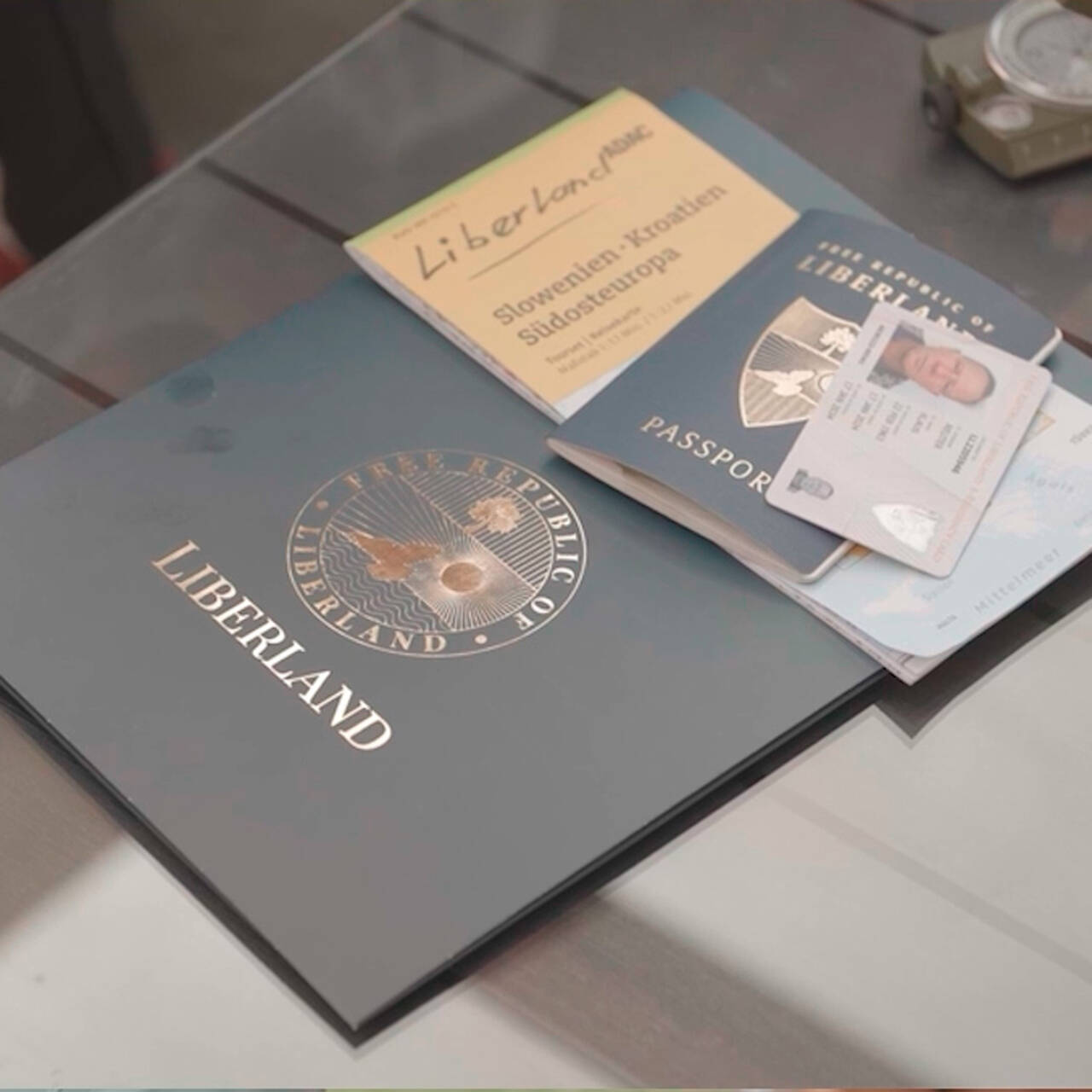
Outlines of tomorrow’s world – under the sign of capitalism
Be it as a sci-fi utopia in the context of the gig economy or as a documentary discussion of the dystopian notions underpinning the fake micronation...

A Sicilian myth in a contemporary guise
What if women can resolve and heal dichotomies? In the coming DOUBLE FEATURE, Elisa Giardina Papa takes the Sicilian myth of the “donne di fora” and...
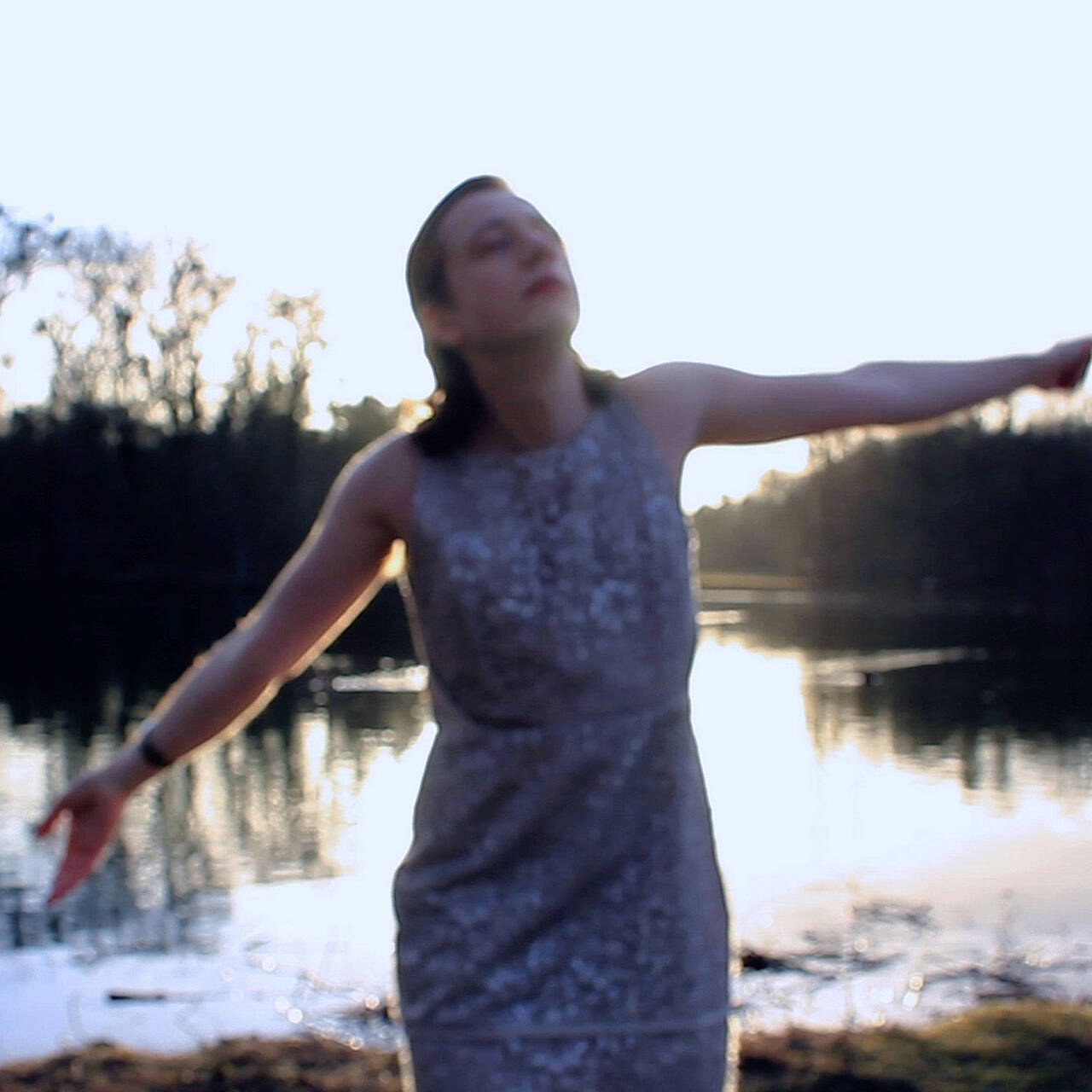
REVISITING DOUBLE FEATURE: FOCUS ON QUEER ART
Our DOUBLE FEATURE series presents a variety of artists who deal with queerness in their work. We have selected some of the best video interviews for...
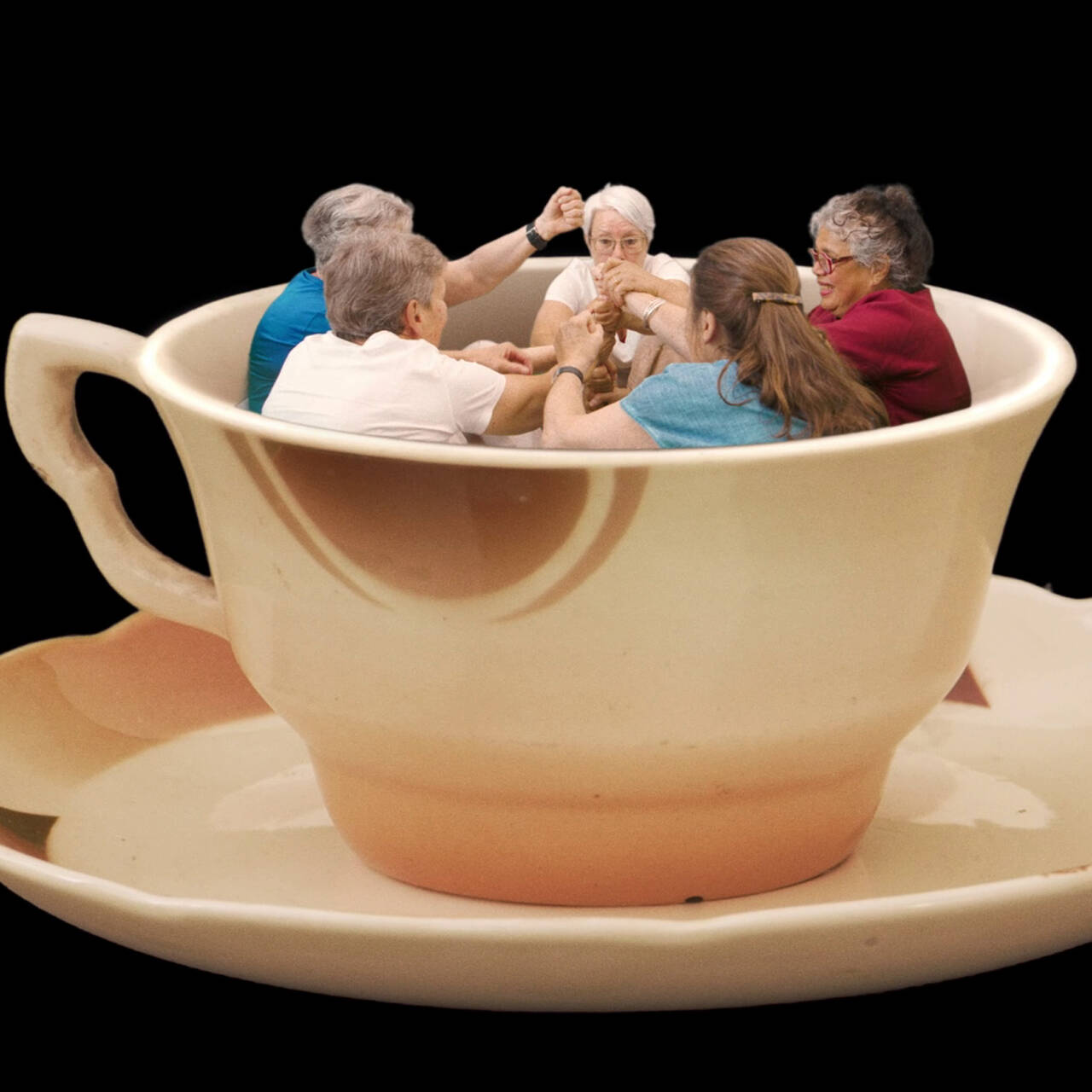
A mix of meditation and leisure
What potential does leisure offer? What happens if nothing happens? In the form of “Untitled (Nothing Happens)” (2023), in the latest DOUBLE FEATURE...
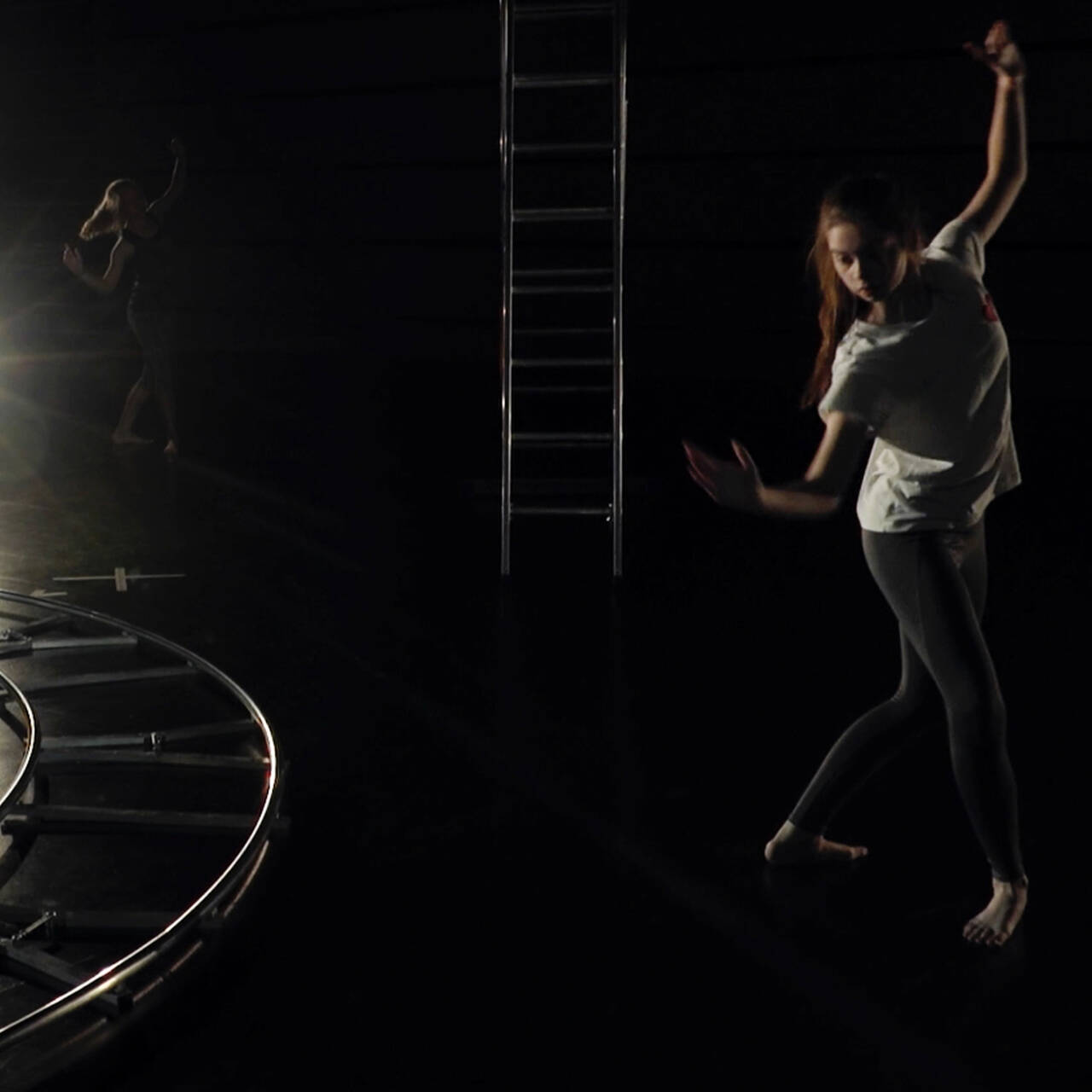
Improvisation and failure as creative motivation
John Cage’s “Untitled Event” (1952) is felt to mark the birth of performance art, but there is only anecdotal evidence as to what it actually...

Vestiges of the Past in the Present
For decades now, Anita di Bianco has been exploring corrections and rectifications in international newspapers. In the next DOUBLE FEATURE she will be...
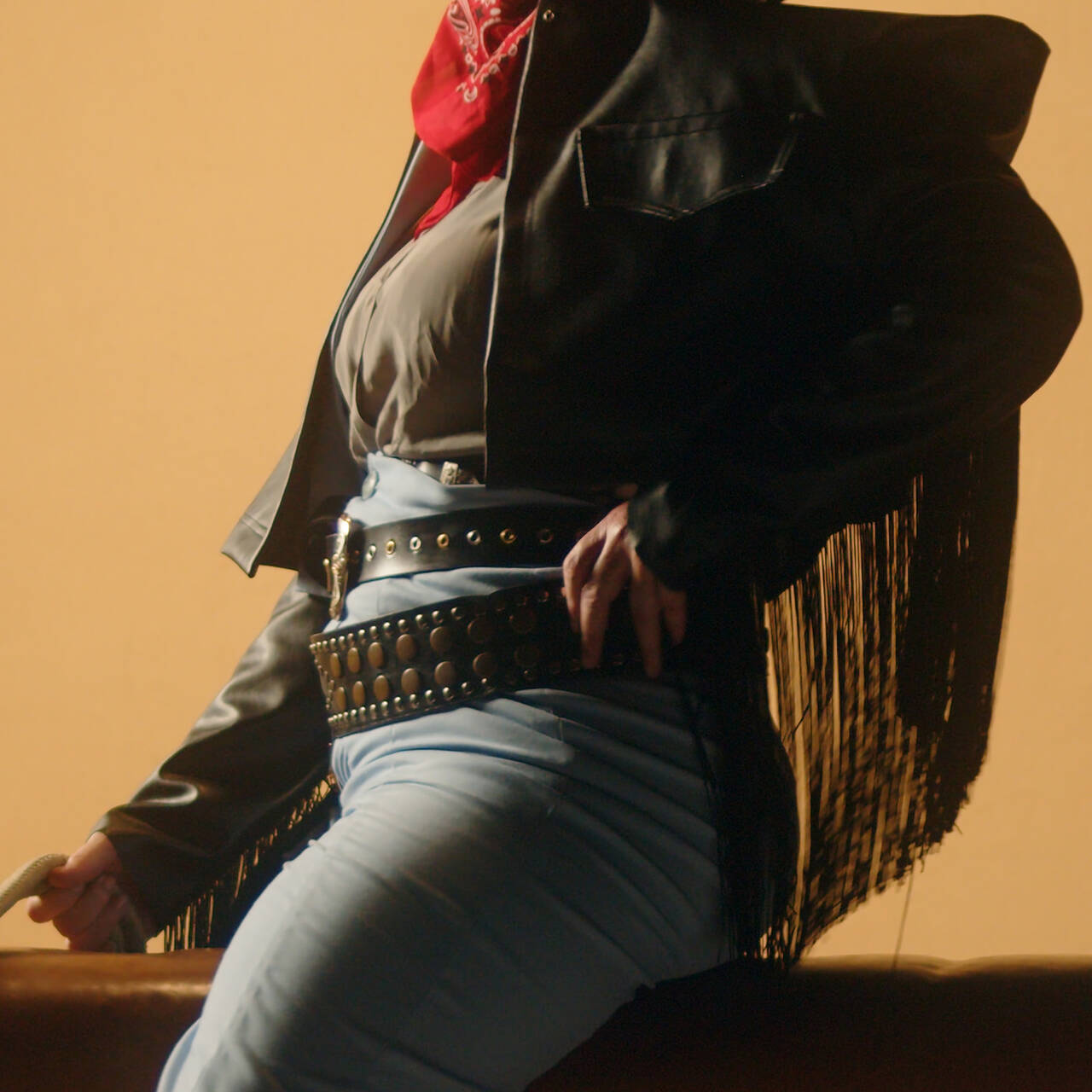
shoulder to shoulder with Outlaws, Creeps and Outsiders
Outlaws, those personifications of the Other, live according to their own moral code. They live unto themselves and attest to the vulnerability and...
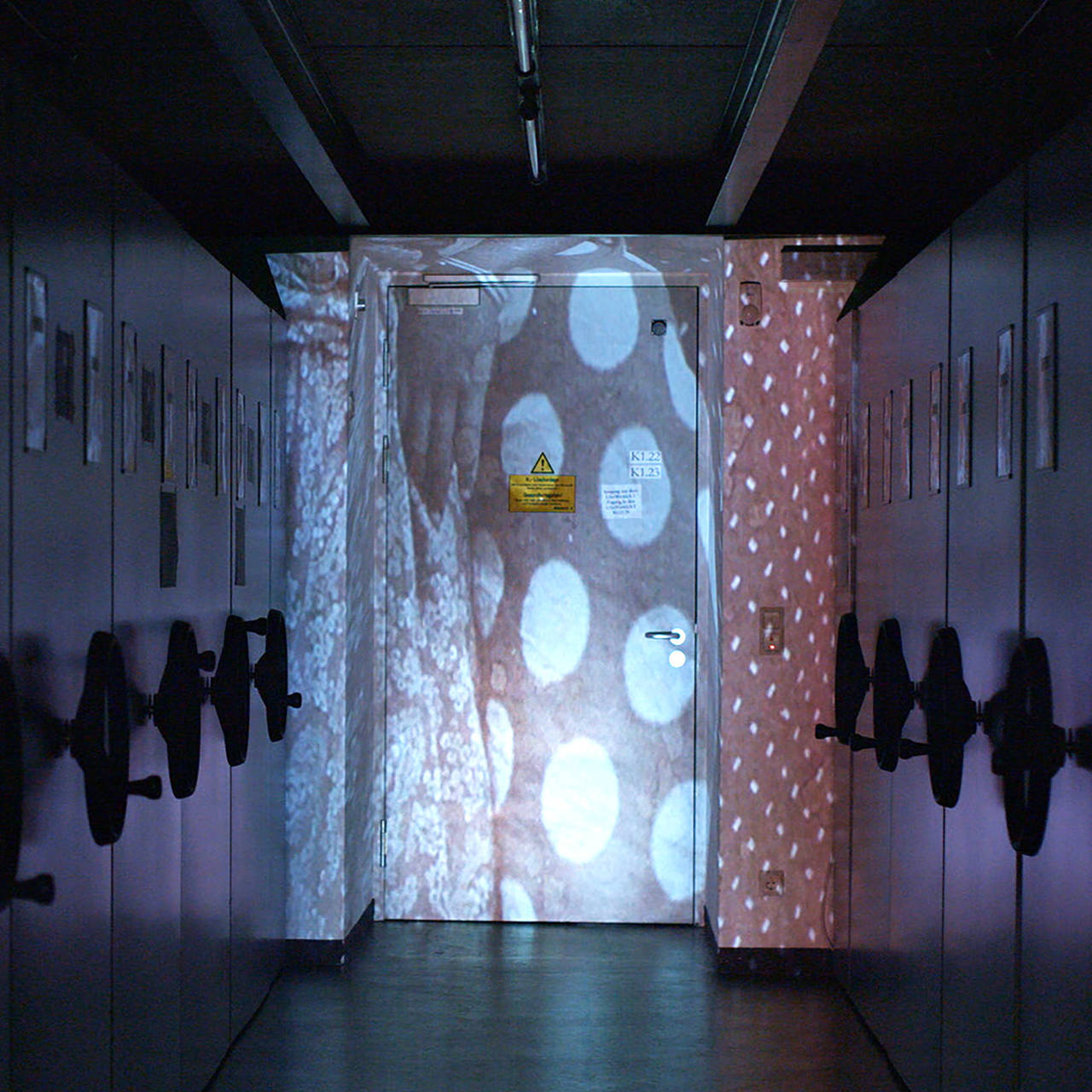
Following Yaarborley Domeï
Belinda Kazeem-Kamínski’s video piece is dedicated to a letter written by Yaarborley Domeï. This rare testimony to a past time describes not only...